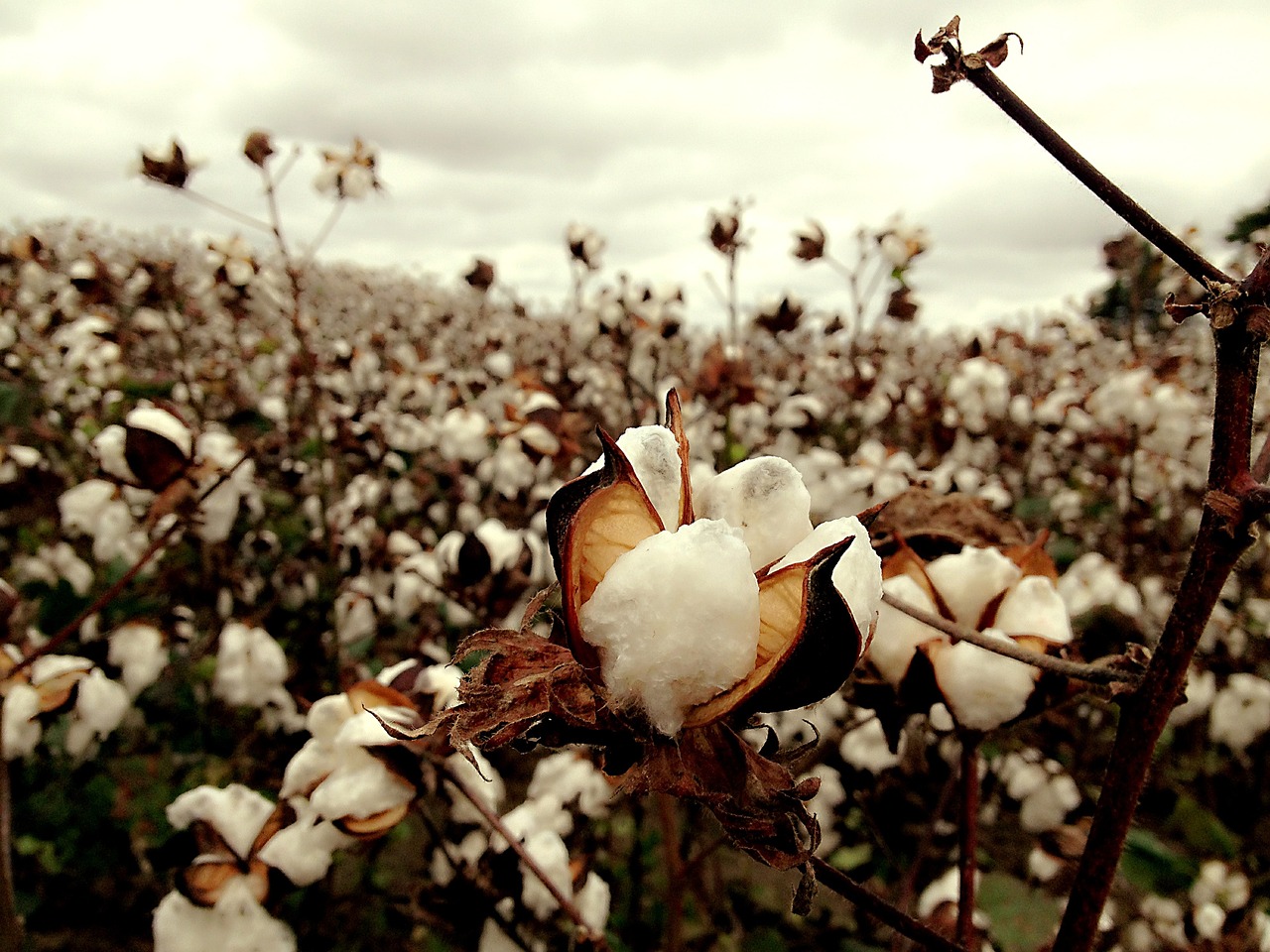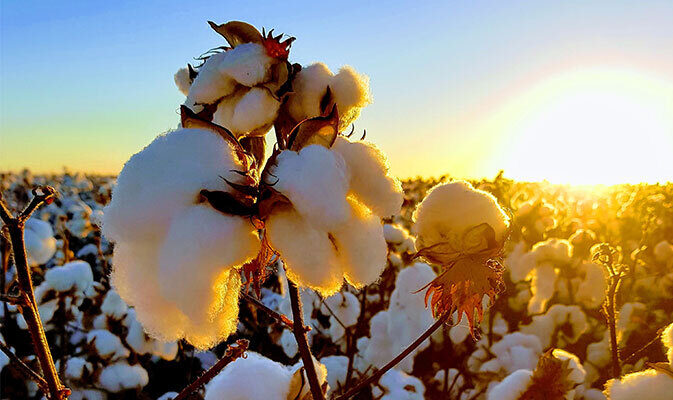The future for cardamom in 2023 appears to be gloomy given reports of farmers giving up on the spice harvest in Idukki’s primary growing districts due to falling pricing. With prices falling to the 800–850 per kg level, there is an accumulation of stocks in the consumption centers, which results in a subdued local demand. During the months of October and November, when crops are at their optimum, there has been a 25% decrease in auction arrivals.
According to reports, farmers are uprooting cardamom to sow other crops. When prices skyrocketed, cardamom was primarily freshly planted in regions that had previously grown other crops, according to SB Prabhakar, an Idukki planter. “As farmers who have leased land are either returning the land or requesting a decrease in lease rent, we foresee further area reduction by the end of the next year. 34,000 tonnes were produced in 2021–22, and 28,000 tonnes are anticipated to be produced the following year. The supply will eventually be further reduced as a result of the enormous situation, according to Prabhakar.
With the exception of premium varieties, export demand is also weak since Guatemalan cardamom is being sold for extremely low prices. With production costs averaging $1,200, Prabhakar requested the government to implement an air freight subsidy to encourage the export of cardamom. One of the top auctioneers, CPMC Ltd. CEO PC Punnoose called the situation one of the worst in the previous 20 years. A price increase in 2023 is anticipated, but it will depend on how quickly carryover stocks are sold off during the slow months of January through June.
Additionally, the oversupply of capsules on the local market is a result of the weak post-Ramadan export market demand. According to Kerala Cardamom Growers Union secretary C Sadasivasubramaniam, many estates are currently having trouble paying their employees’ wages. Fresh material from farmers is hard for traders to buy. Production has decreased significantly as a result of the lack of rain at the beginning of the year and the intense downpours throughout the monsoon season.

